Pillar stocks lead, cash flow spreads widely
The acceleration was led by pillar stocks such as banks, securities, and real estate. VIC contributed nearly 11.5 points to the VN-Index, along with VPB, TCB, HPG, MBB, VHM... At the end of the week, cash flow shifted to mid- and small-cap stocks, notably in the steel, retail, chemical, and oil and gas industries.
On the contrary, some codes such asFPT , SJS, PNJ, FRT recorded less positive performance but had insignificant impact on the index.
A notable negative point is the net selling pressure from foreign investors, with a total value of nearly VND 12,900 billion - mainly from divestment transactions at VIC (approximately VND 12,500 billion). In addition, FPT, SSI, VHM, CTG are also under strong selling pressure. On the contrary, HPG, VPB, MWG, STG, NVL and TPB are among the group of net buyers from foreign investors.
The market is in the phase of absorbing profit-taking pressure at the peak. Demand remains in the group of key stocks, but cash flows tend to rotate between industry groups. The tug-of-war situation is expected to continue early this week, before the uptrend is consolidated if cash flows spread and supply pressure cools down.
Technically, VN-Index could head towards the 1,600 - 1,640 point range if it maintains its momentum and cash flow operates effectively. However, risks of volatility and divergence still need to be noted.
The recommended strategy is to maintain flexible trading, prioritize short-term positions, and limit chasing when the market increases sharply. Investors can take advantage of the correction to restructure their portfolios, while closely monitoring reactions at the support zone of 1,550 - 1,570 points to manage risks.

Textile industry: Opportunities in challenges
Textiles and garments are a key industry in Vietnam, contributing greatly to export turnover and creating jobs for millions of workers, especially in rural areas. However, this industry is sensitive to economic fluctuations and trade policies of major markets such as the US and EU.
In the period of 2022 - 2024, the textile and garment industry will be under a lot of pressure when the global economy weakens, high inflation, and tight monetary policy reduces the demand for garments. Orders from key export markets will decrease, while the heavy dependence on the US market (accounting for nearly 40% of export turnover) increases risks.
Currently, the US is considering imposing a 20% tariff on some countries that are direct competitors of Vietnam, opening up great opportunities for domestic enterprises to attract shifting orders. Low preferential tax rates help the industry improve its position in the global supply chain.
To take advantage of the opportunity, the textile and garment industry is promoting the localization of raw materials, developing specialized industrial zones, investing in green technology, and meeting international standards. At the same time, perfecting the value chain from fiber - weaving - dyeing - garment helps reduce import dependence, increase added value and sustainable competitiveness.
Source: https://phunuvietnam.vn/vn-index-thiet-lap-dinh-moi-ky-vong-dong-tien-tiep-tuc-lan-toa-20250811091005421.htm



![[Photo] Prime Minister Pham Minh Chinh meets with representatives of outstanding teachers](https://vphoto.vietnam.vn/thumb/1200x675/vietnam/resource/IMAGE/2025/11/15/1763215934276_dsc-0578-jpg.webp)
![[Photo] General Secretary To Lam receives Vice President of Luxshare-ICT Group (China)](https://vphoto.vietnam.vn/thumb/1200x675/vietnam/resource/IMAGE/2025/11/15/1763211137119_a1-bnd-7809-8939-jpg.webp)

![[Photo] Panorama of the 2025 Community Action Awards Final Round](https://vphoto.vietnam.vn/thumb/1200x675/vietnam/resource/IMAGE/2025/11/15/1763206932975_chi-7868-jpg.webp)

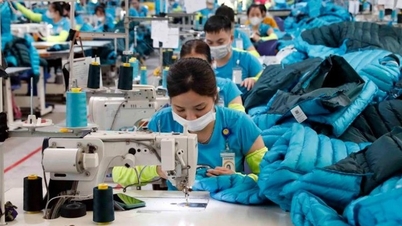

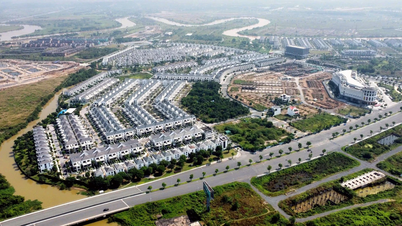

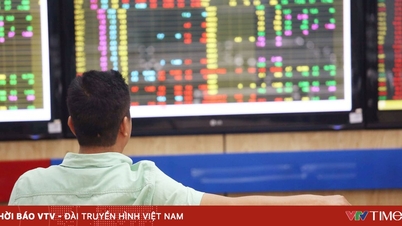

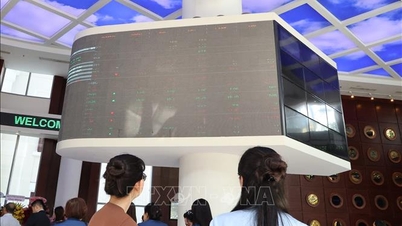


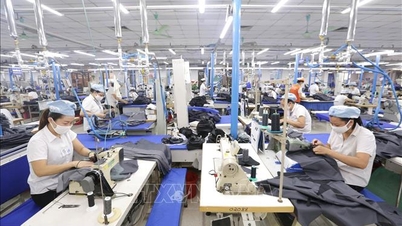


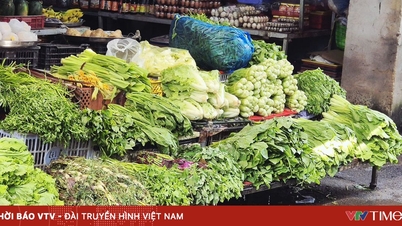
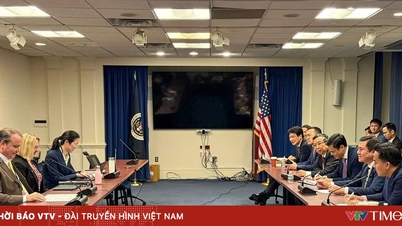
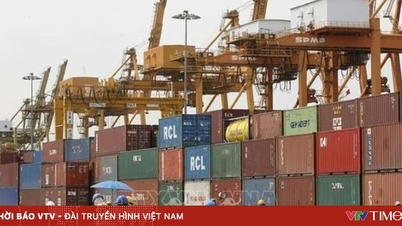

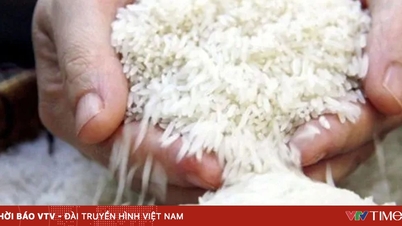




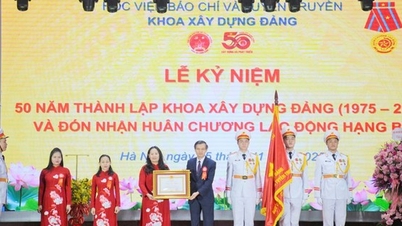

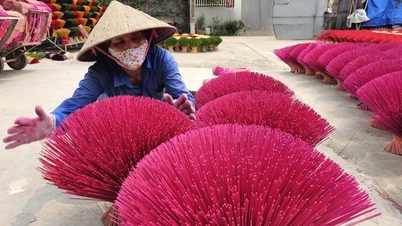







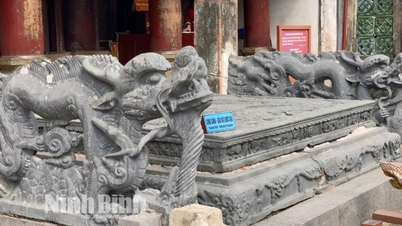
























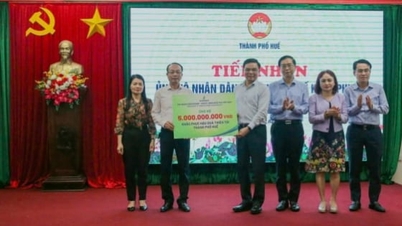






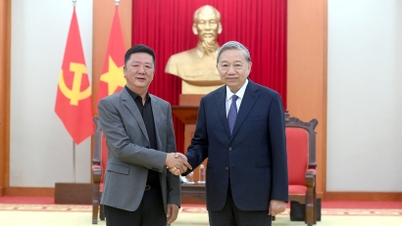













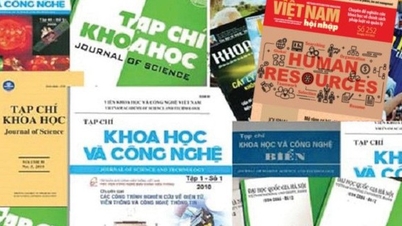
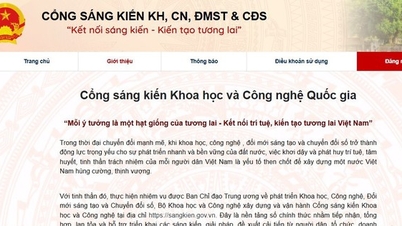











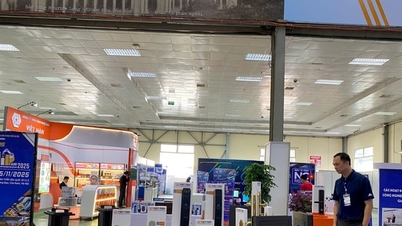
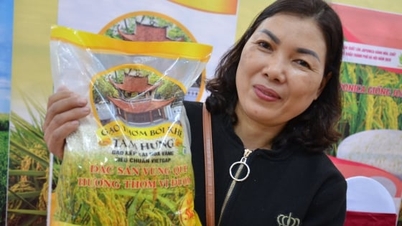
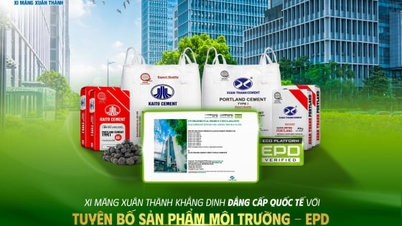
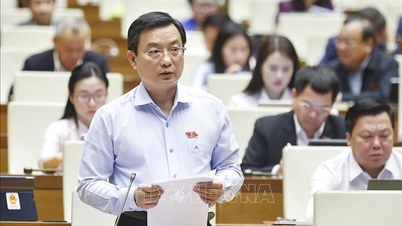






Comment (0)